Edinburgh Castle sits on top of a great shoulder of volcanic rock formed about 350 million years ago.
Shored up on three sides by cliffs which make access to the castle almost impossible unless approached from the east, historically these natural features have made the castle and Castle Rock on which it stands an ideal place for resistance and defence.
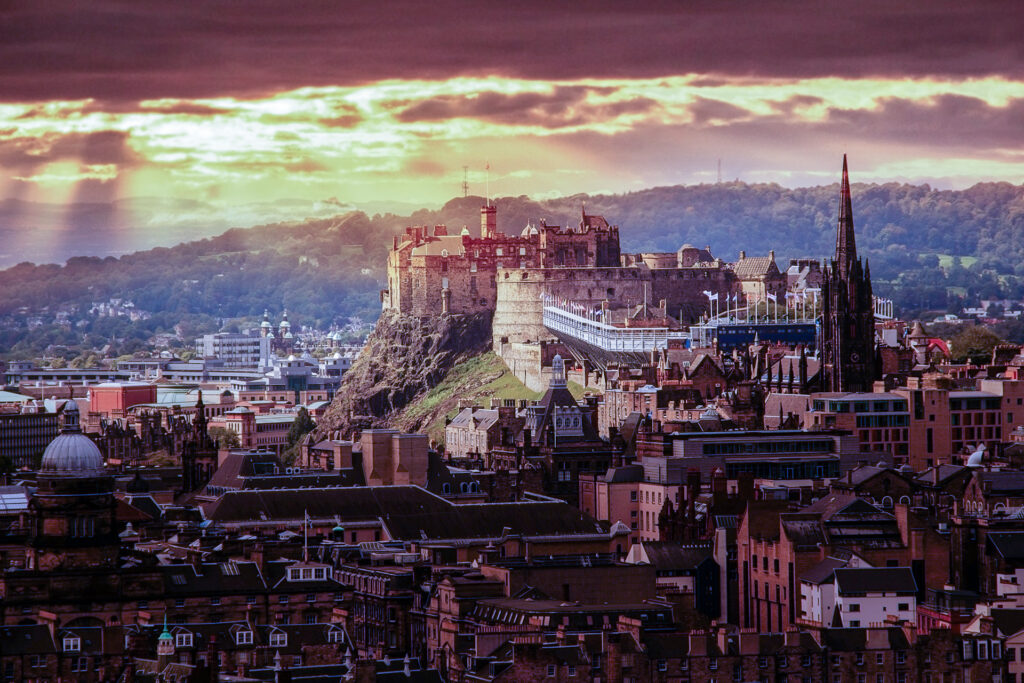
The site has been inhabited since at least 900 BC but it is not until about 700 years later that historical evidence shows the existence of a settlement, known as Din Eidyn, thought to mean Eidyn’s fort.
Accounts vary as to whether the settlement was situated on the lowland plains or on the the rock itself, but artefacts do seem to suggest occupation of the lower reaches of the basalt rock.
History of the castle
It was clearly a strategic point worth fighting for and the first recorded evidence of a battle taking place for possession of the fort was in 638 when the Angles took possession and the name was subsequently changed to Edinburgh (Edin, or Edwin, and burgh, the Brythonic word meaning a stronghold or town).
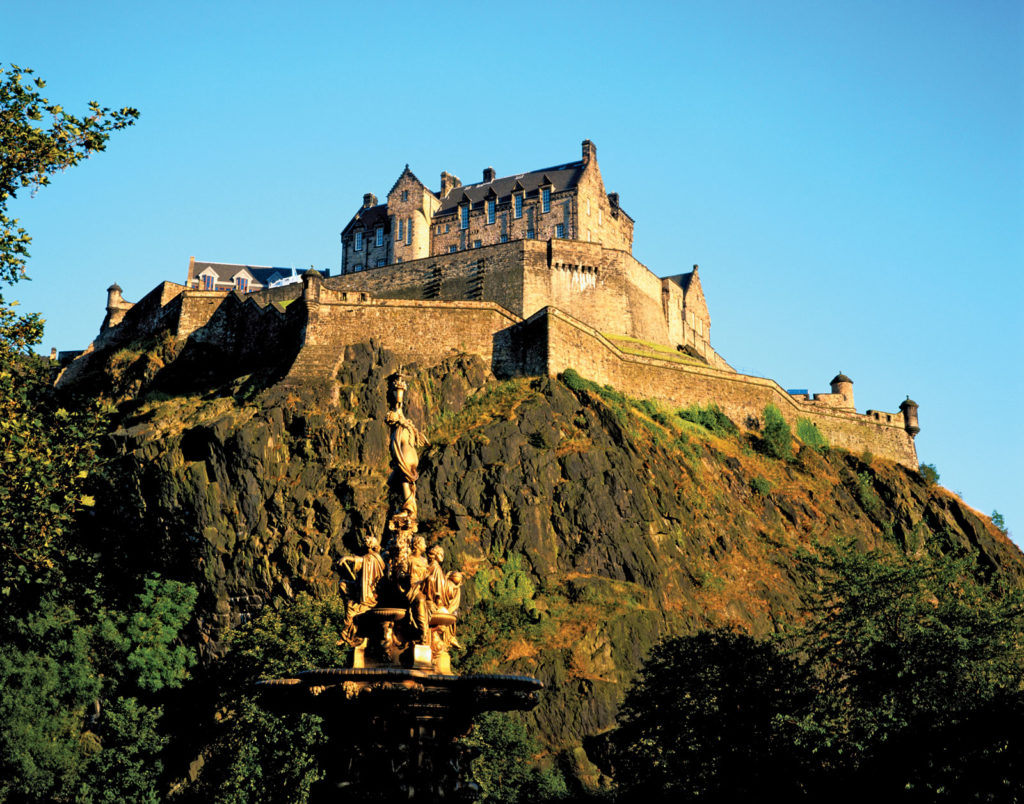
How old is Edinburgh Castle?
The current castle is over 900 years old, although the likelihood is that there was a fortification on the site even earlier than that.
If a fort did exist it was most probably built with degradable materials such as wood, and it wasn’t until the eleventh century that the first stone building, the Castle of Maidens, was built by Malcolm III as a monument to his wife Saint Margaret, known as the Maid of Norway.
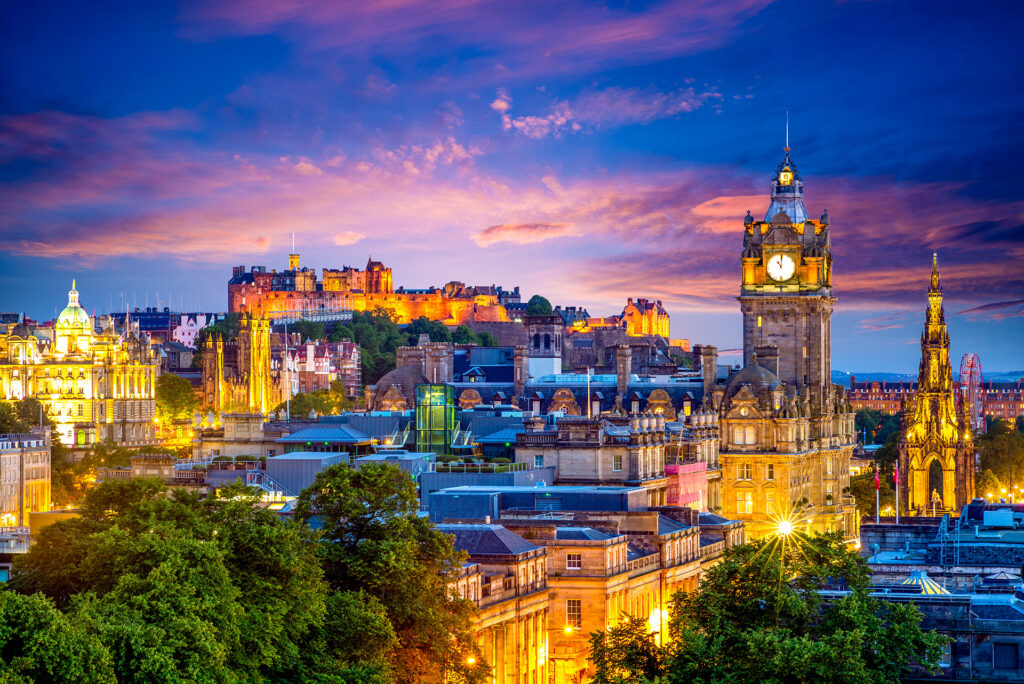
Thirty years later, David I built the first stone castle as a royal residence and incorporated a as a tribute to his mother Margaret. After she was canonised in 1250 by Pope Innocent IV it became known as St. Margaret’s Chapel.
It was during this period, in 1140, that the first ever meeting was held of a Scottish Parliament.
The end of the thirteenth century was momentous in terms of Scottish autonomy. The Wars of Independence between Scotland and England erupted.
In 1296 Edward I of England invaded Scotland and defeated Iain Balliol, taking possession of Edinburgh Castle after a crippling siege and bearing back to England the historic Stone of Scone on which generations of Scottish Kings had been crowned.
Between then and 1341 the castle came under bitter siege in these wars fought to gain possession of Scotland and its lands and castles.
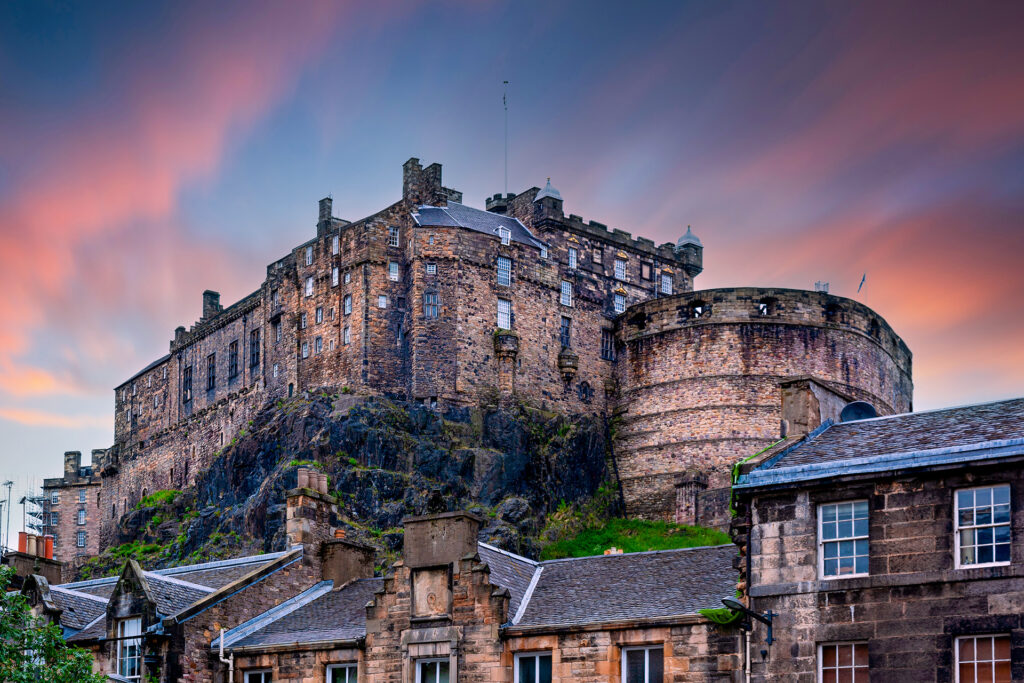
By 1356 so much damage had been caused to the stonework of Edinburgh Castle that under King David II’s instruction, major restoration took place. It was around this time that David’s Tower was built as an an addition to the castle.
The Meg Mons cannon, a giant siege gun was brought to Edinburgh Castle in 1457 as a gift from Phillip the Good of Burgundy. Scotland was highly regarded by the Vatican and in 1494 a sceptre was made for James V as a gift from Pope Julius II to a nation in high favour, and in 1507 he made a further gift of a sceptre.
Combined with the crown, remade in 1540 from the original made by Robert I in the early 1300s, and incorporating Clydesdale gold, these three artefacts are the historic Scottish Crown Jewels, the Honours of Scotland.
Mary Queen of Scots
The struggle continued on for the possession of Scotland. Mary, Queen of Scots, the younger sister of Elizabeth I of England, incurred such wrath from the Scots for her third marriage and her continued refusal to renounce her Catholic faith, that she was imprisoned in the castle for years.
Elizabeth had no love for her sister, and in 1575 sent a large army to bring a two year siege to an end and to release Mary to Scottish nobles baying for her blood. The castle was stormed, ransacked and destroyed, including David’s Tower. Only St. Margaret’s Chapel, the Royal Palace and the Great Hall, dating back to the C16th survived this destruction.
Major reconstruction took place over the next four years during which time the Half Moon Battery and the Portcullis Gate were added and the defences of the castle massively strengthened.
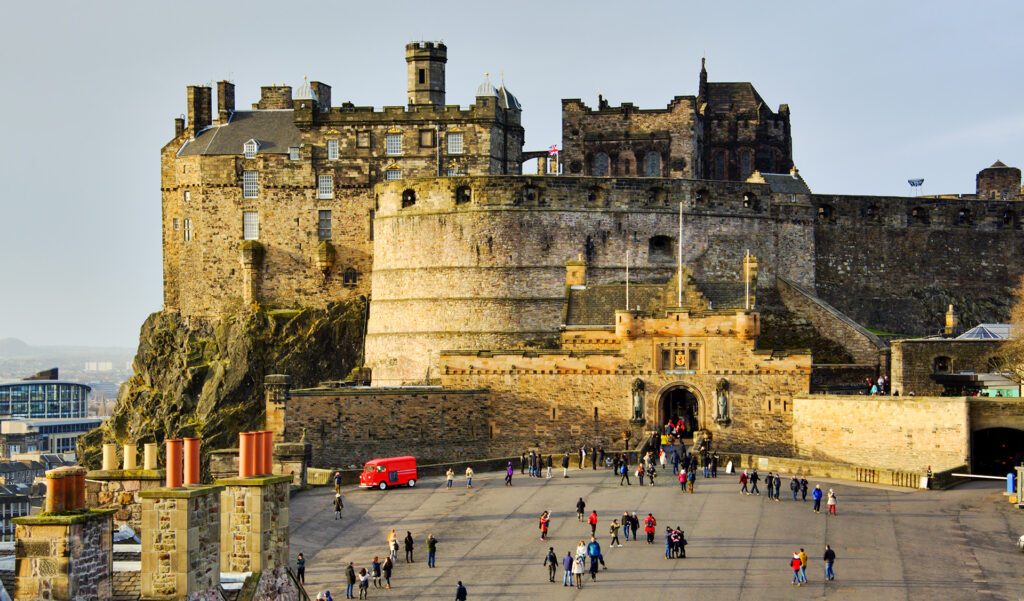
Further conflicts threatened Scotland, with the castle falling into the hands of the Covenanters in 1638. Even after the Restoration in 1660 there was more bloodshed; Charles I was executed and Oliver Cromwell and his Parliamentary Army marched on Scotland to counter any uprisings in response to the loss of their King.
The Honours of Scotland were secretly taken away and hidden in Dunnotar Castle, to avoid their falling into the hands of Cromwell, who had vowed to destroy all regal insignia and regalia.
The Honours were destined to be hidden away again in 1707 when an Act of Union was passed without consultation with the Scots and which brought Scotland under the banner of a United Kingdom.
Jacobite Rebellion
The Jacobite Rebellion of 1715, in an attempt to return James VI to the throne of Scotland, failed to take back the castle and it was only during the second rebellion in 1745 that Prince Charles Edward Stuart (Bonnie Prince Charlie) was able to win back some ground but he eventually gave way to defeat from stronger forces than his and the battle for Scotland as a kingdom was lost.
The Honours of Scotland remained hidden until 1818 when Sir Walter Scott found them locked safely away in the castle, 108 years later. They were hidden away again over 120 years later during WW2, when they were buried under the remains of David’s Tower for safekeeping.
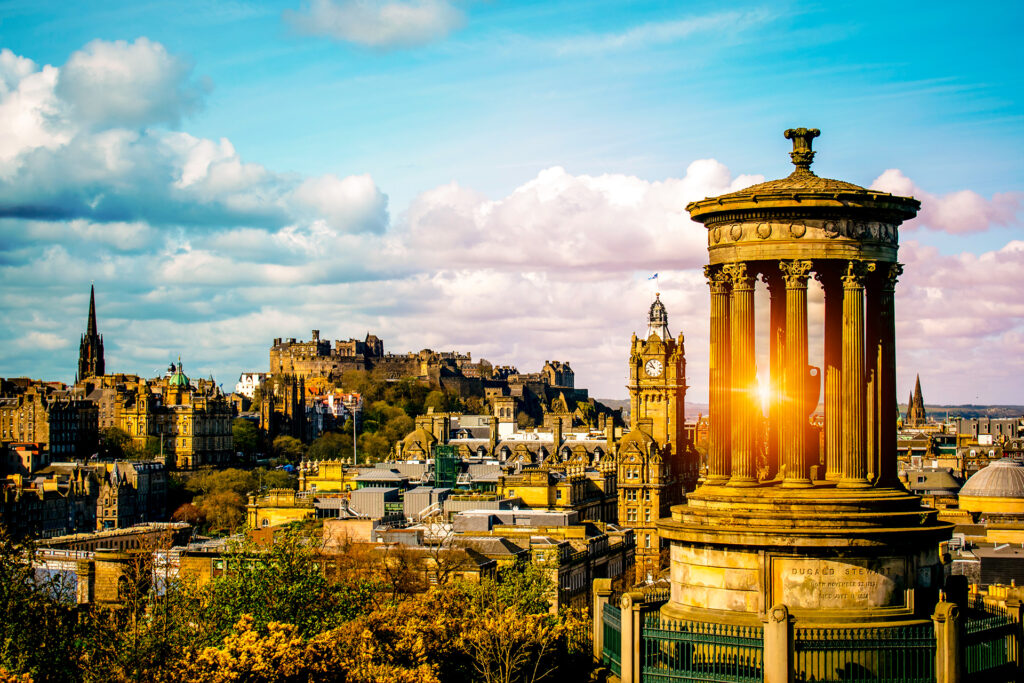
Together with the Stone of Scone, which was returned to Edinburgh Castle exactly 700 years later in 1996 after its initial theft by Edward I, these priceless and historic national treasures are symbolic of a millennium of struggle for independence from the English crown.
Scottish National War Memorial
The Scottish National War Memorial is a tribute to Scottish servicemen, women and civilians who lost their lives during the World Wars.
It is located in a redeveloped barrack block at the centre of Edinburgh Castle and was opened to the public in 1927.
UNESCO World Heritage Site
Edinburgh Castle is owned and managed by Historic Scotland and is one of the UNESCO World Heritage Sites. Opening times, admission fees and other visitor information can be found on the Edinburgh Castle website.
See our other pages about Castles in Scotland.